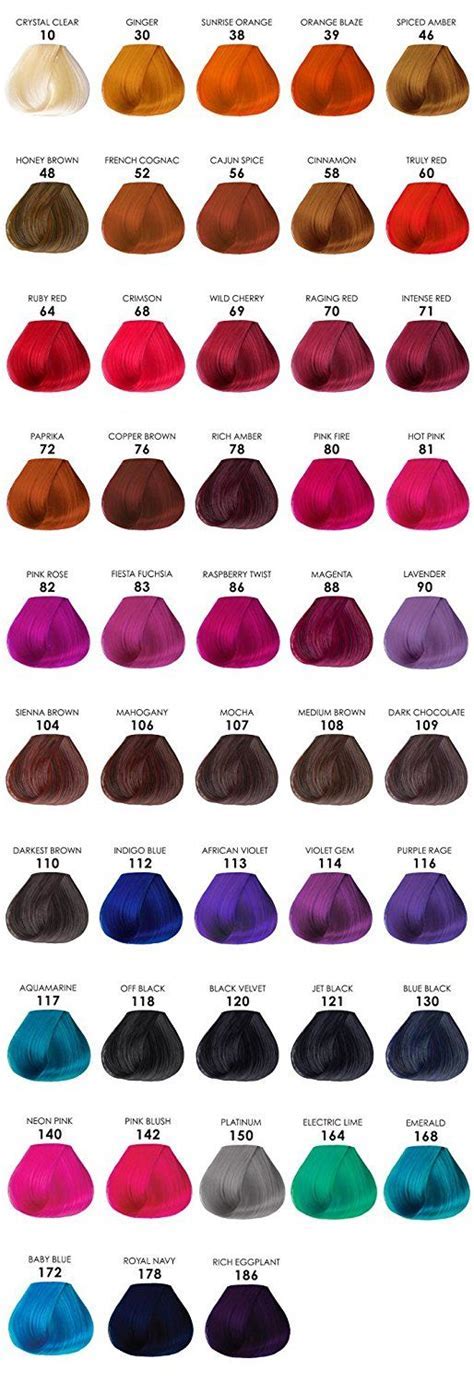The Science Behind Hair Color
Hair color is determined by the amount of melanin in the hair shaft. Melanin is a pigment that gives hair its color. The more melanin in the hair, the darker the color. There are two types of melanin: eumelanin and pheomelanin. Eumelanin produces brown and black hair, while pheomelanin produces red and blonde hair.

The amount of melanin in the hair is determined by genetics. However, other factors, such as age, sun exposure, and certain medical conditions, can also affect hair color.
Choosing the Right Hair Color for You
When choosing a hair color, it is important to consider your skin tone, eye color, and personal style.
Skin Tone
- Fair skin: Fair skin looks best with light hair colors, such as blonde, platinum, or ash brown.
- Medium skin: Medium skin looks best with warm hair colors, such as golden blonde, honey brown, or caramel.
- Dark skin: Dark skin looks best with rich hair colors, such as black, chocolate brown, or burgundy.
Eye Color
- Brown eyes: Brown eyes look best with warm hair colors, such as golden blonde, honey brown, or caramel.
- Blue eyes: Blue eyes look best with cool hair colors, such as platinum blonde, ash brown, or black.
- Green eyes: Green eyes look best with warm or cool hair colors, depending on the shade of green.
Personal Style
- Classic: Classic styles look best with natural hair colors, such as black, brown, or blonde.
- Edgy: Edgy styles look best with bold hair colors, such as red, purple, or blue.
- Trendy: Trendy styles look best with the latest hair color trends, such as ombré, balayage, or highlights.
The Benefits of Hair Color
There are many benefits to hair color, including:
- Enhances your appearance: Hair color can help you look more attractive and youthful.
- Boosts your confidence: Hair color can give you a boost of confidence by making you feel more beautiful and stylish.
- Expresses your individuality: Hair color can be a way to express your unique personality and style.
- Covers gray hair: Hair color can help you cover up gray hair and restore your youthful appearance.
- Corrects color problems: Hair color can be used to correct color problems, such as brassiness or fading.
- Creates a new look: Hair color can help you create a whole new look for yourself.
The Risks of Hair Color
There are also some risks associated with hair color, including:
- Damage to the hair: Hair color can damage the hair if it is not done correctly.
- Allergic reactions: Some people may be allergic to hair color products.
- Scalp irritation: Hair color can irritate the scalp, especially if it is left on for too long.
- Expense: Hair color can be expensive, especially if you have it done professionally.
- Time-consuming: Hair color can be time-consuming, especially if you have long hair.
How to Choose the Right Hair Colorist
If you are considering getting your hair colored, it is important to choose the right hair colorist. A good hair colorist will be able to help you choose the right color for your skin tone, eye color, and personal style. They will also be able to safely and effectively apply the hair color to your hair.
Here are some tips for choosing the right hair colorist:
- Ask for recommendations: Get recommendations from friends, family, or your hairstylist.
- Look at their portfolio: Look at a portfolio of the hair colorist’s work to see if they have experience with the type of hair color you want.
- Consult with them: Consult with the hair colorist before you make an appointment to discuss your hair color goals and to make sure they are a good fit for you.
The Future of Hair Color
The future of hair color is bright. New technologies are being developed that will make hair color safer and more effective. These technologies include:
- Virtual hair color: Virtual hair color allows you to try on different hair colors before you commit to a permanent change.
- 3D hair printing: 3D hair printing can be used to create custom hair colors that are tailored to your specific needs.
- Nanotechnology: Nanotechnology can be used to develop new hair color products that are more gentle on the hair and scalp.
As these technologies continue to develop, hair color will become even more popular and accessible.
